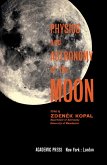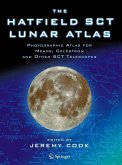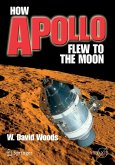Chapter 1 presents the prevalent hypotheses on the origin and age of the Solar System, followed by a brief description of the methods and feasibility of information acquisition concerning lunar and planetary data, either from fixed terrestrial observatories or from instrumented or manned space probes. Chapter 2 reviews all conditions pertaining to the surface aspects of the closest celestial neighbor, the Moon. Sections in this chapter deal sequentially with the atmosphere, temperature conditions, subsurface stratification, field intensities (gravitational, electric, and magnetic), and lastly with the biological conditions existing on the lunar surface. This chapter also provides information on the density of the lunar atmosphere under quiescent or high-flux transient conditions, on the topography of the lunar surface, and on the probable proportion of crater-covered areas in the highlands and on the Maria. Chapter 3 is a detailed treatment of the surface conditions on the terrestrial planets, comprising Mercury, Venus, and Mars, while Chapter 4 deals with similar information relating to the so-called Jovian planets (Jupiter, Saturn, Uranus, Neptune) and Pluto.
This book will prove useful to lunar and planetary mission planners, both those concerned with the purely scientific aspects of surfaces and immediate subsurfaces, and those involved in the development of roving exploration vehicles.
Dieser Download kann aus rechtlichen Gründen nur mit Rechnungsadresse in A, B, BG, CY, CZ, D, DK, EW, E, FIN, F, GR, HR, H, IRL, I, LT, L, LR, M, NL, PL, P, R, S, SLO, SK ausgeliefert werden.









